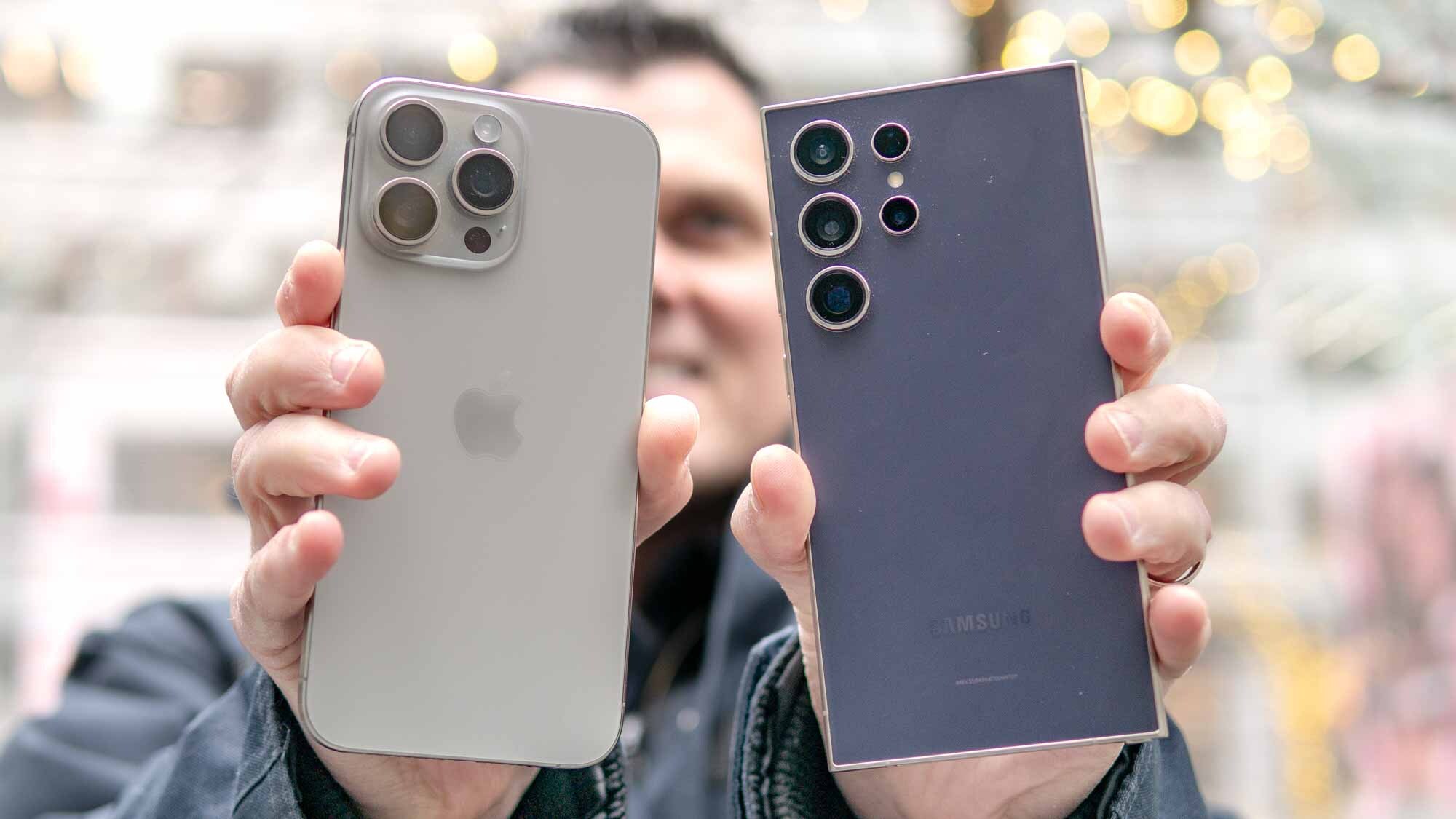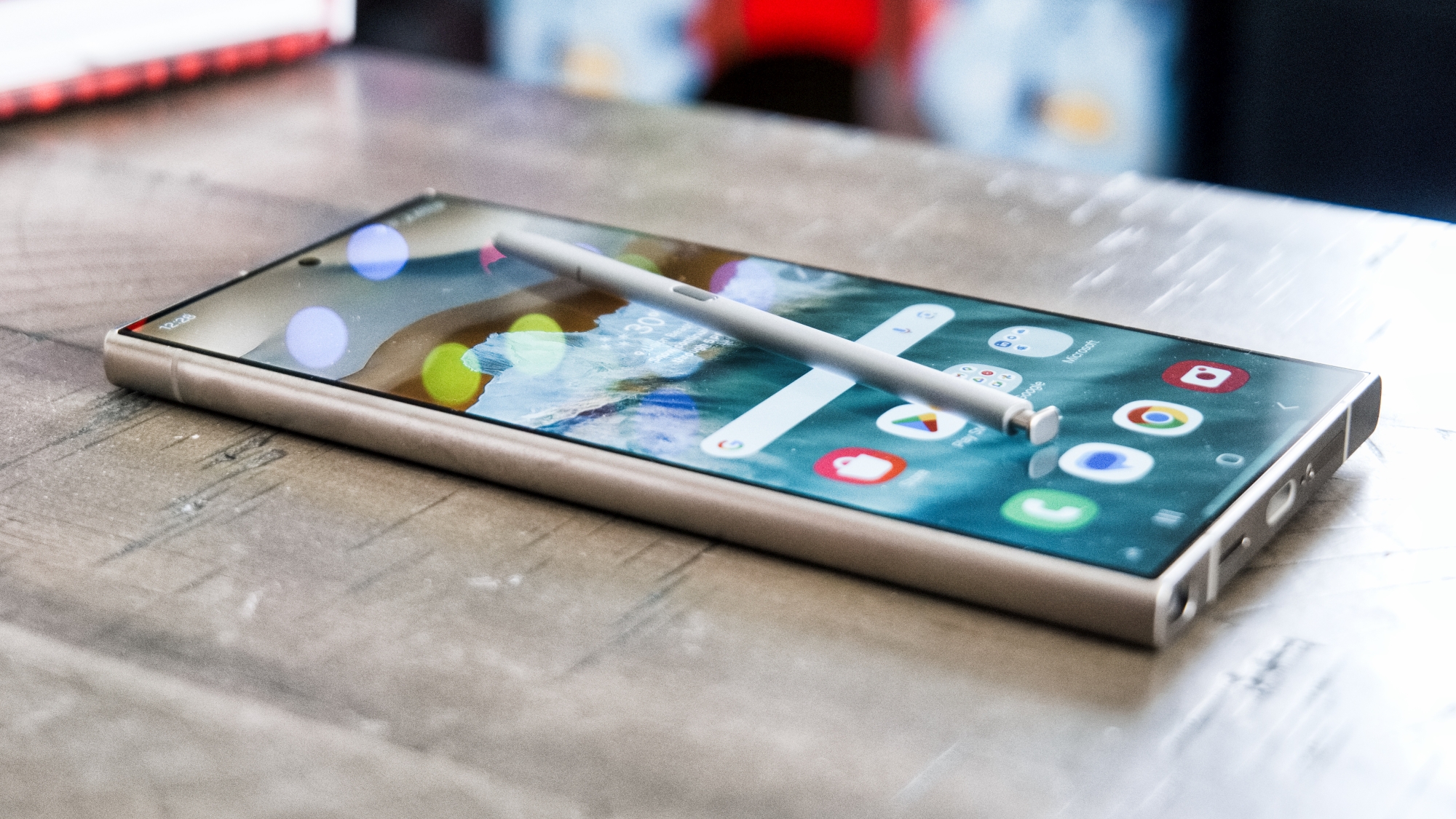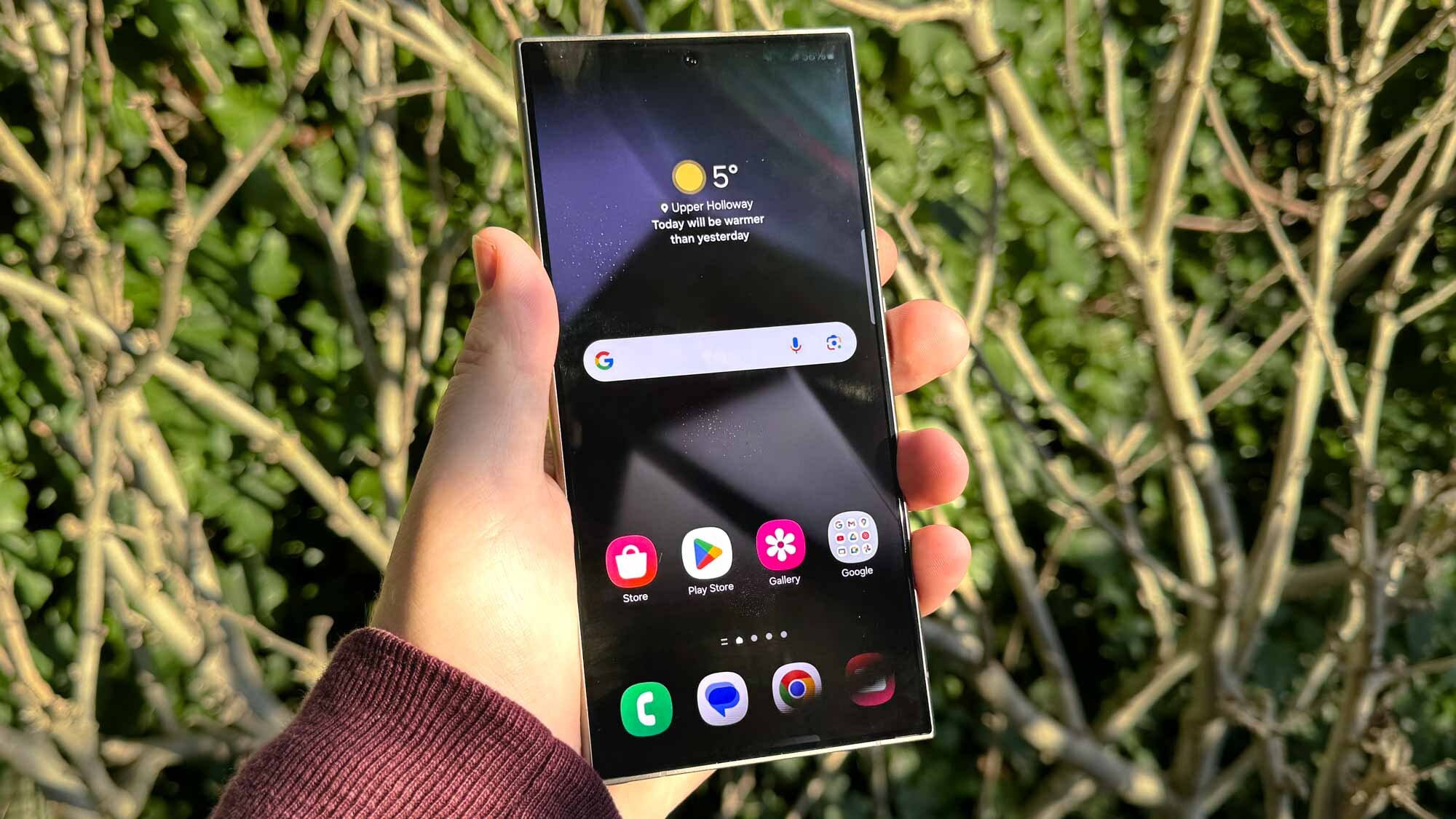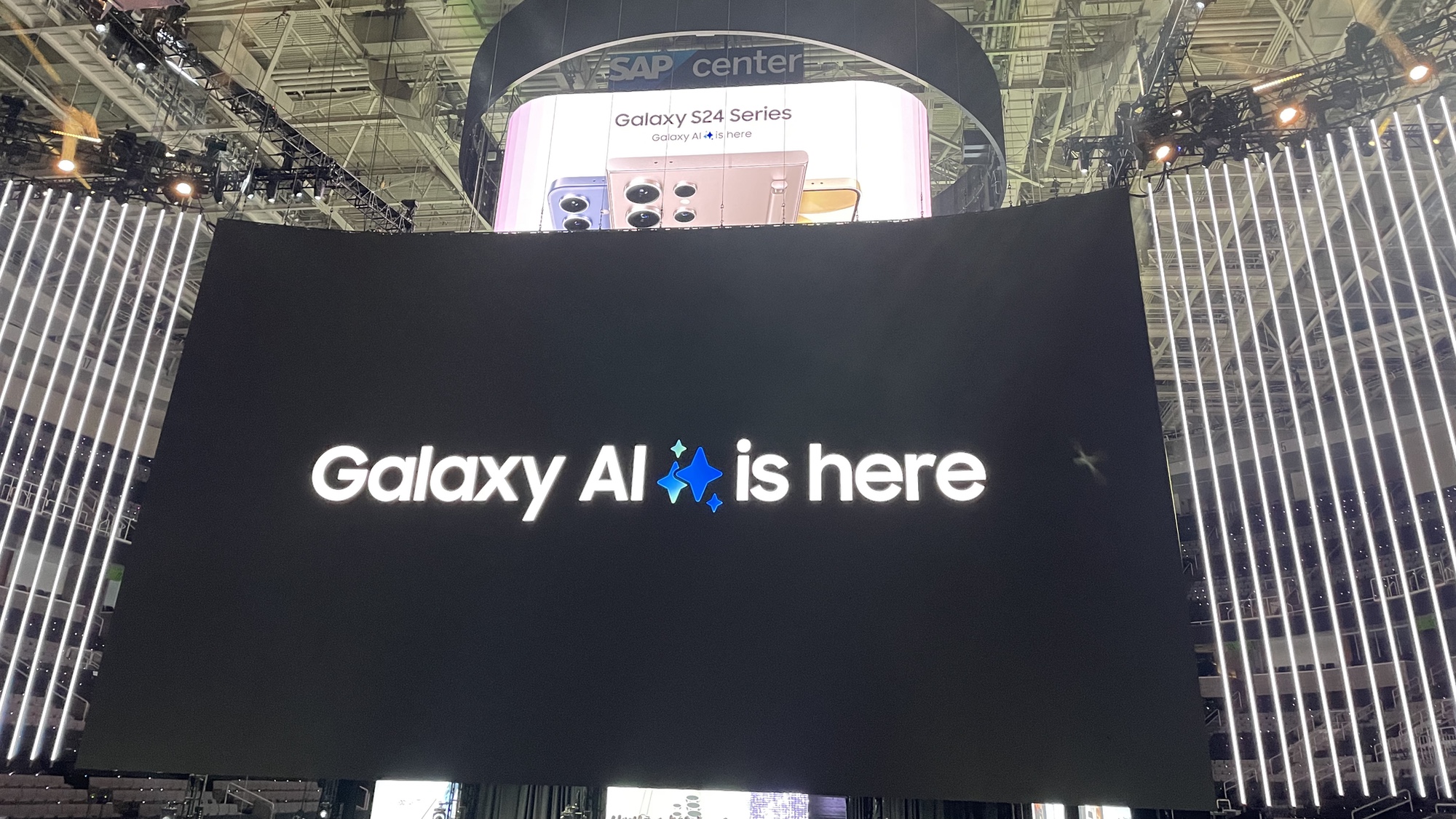Samsung Galaxy S24 — here's what Apple needs to copy for the iPhone 16
From hardware improvements to AI features, Apple has plenty of ways to respond to Samsung's latest phones

In today's exercise of Two Things Can Be True at the Same Time, let's consider the recent Samsung Galaxy S24 launch and how Apple might regard the recent versions of its main iPhone rival. Specifically, one can boil it down to two seemingly conflicting assessments.
- There's nothing new about the Galaxy S24, which featured incremental updates at best, and Apple needn't worry itself about what this means for this fall's iPhone release.
- All three Galaxy S24 models improve upon previous Samsung flagships, and Apple would be well advised to pay attention to some of the changes Samsung introduced.
You could make strong arguments for both of those statements without contradicting yourself, and I'd nod along in agreement. Yes, Samsung is not exactly reinventing the wheel with the Galaxy S24. But at the same time, the new phones do deliver a couple of improvements that should pique Apple's interest as it develops its own iPhone 16 lineup for the fall.
It's no secret that the most significant thing about Samsung's new phones is the assortment of Galaxy AI features introduced with the Galaxy S24 launch. It's also no secret that while the current iPhones use AI in their own way — hey, Siri — Apple's phones are drifting further behind devices from Samsung and Google in this area.
But even if you set aside AI, the Galaxy S24 introduces some hardware improvements — iterative though they may be — that make this trio of new phones better than their predecessors. Those improvements also happen to come in areas where Apple could stand to spruce up the iPhone line.
Apple famously does its own thing when it comes to phone updates, so it's extremely unlikely that the company was waiting around for the Galaxy S24 to appear on the scene for some last-minute iPhone 16 inspiration. Nevertheless, Samsung's new phones tick some key boxes Apple would be well-advised to pay attention to this fall.
Here are the Galaxy S24 improvements that the iPhone 16 needs to incorporate in its own unique way.
Improve the battery life

A little power efficiency goes a long way. The Galaxy S24 Ultra keeps the same 5,000 mAh battery as its predecessor but adds a new Snapdragon 8 Gen 3 system-on-chip to better manage power consumption. Our Galaxy S24 Ultra battery testing found that Samsung's premium flagship lasted an astounding 16 hours and 45 minutes with its display set to an adaptive refresh rate — that's nearly 4.5 hours longer than the Galaxy S23 Ultra managed on our battery test.
Get instant access to breaking news, the hottest reviews, great deals and helpful tips.
Both the iPhone 15 Pro Max and iPhone 15 Plus were among the longest-lasting phones we tested in 2023, so we're not exactly worried about Apple's bigger phones. They have the size to accomodate bigger power packs. But the regular-sized iPhones don't have that luxury, and while both the iPhone 15 and iPhone 15 Pro beat the average smartphone in terms of longevity, they still fall short of a spot on our best phone battery life list.
Rumors have Apple increasing the size of the iPhone 16 Pro, so there's a chance there for a bigger battery and subsequent increase in battery life. But it's going to come down to how well Apple's next chipset does at managing power, particularly when it comes to squeezing more battery life out of the iPhone 16. Samsung's new phones show that it can be done.
Give us a brighter screen

Right now, phone makers seem to be engaged in an escalating arms race as to who can offer the brightest screen — not that any of us should be complaining if it leads to displays you can see even on bright, sunny days.
Last year, Samsung upped the maximum brightness on the Galaxy S23 so that all three of its flagship could deliver a peak brightness of 1,750 nits. Apple followed suit with the iPhone 15, boosting its peak brightness to 2,000 nits. Subsequently, Google and OnePlus have come out with brighter screens for their flagship phones, leading to the Galaxy S24 launch in which all three models are capable of hitting 2,600 nits. (The Galaxy S24 Ultra reached 1,363 nits with HDR brightness turned on, which is perfectly fine.)
We hope that this fall, Apple ups the ante on screen brightness for the iPhone 16 models, as this game of Can You Top That continues.
Forget this split chip nonsense

Since the iPhone 14, Apple has split up which silicon it uses on which iPhone models — the Pro phones get the latest Apple system-on-chip while the standard iPhone gets the Pro's hand-me-down chipset. I'm not a fan of this approach, as I think it's confusing to consumers and saddles the standard iPhone with the reputation of an after-thought, which I don't think is Apple's intention.
While Apple's been fiddling around with different chips for different phones, the silicon powering the best Android phones has gotten markedly better. Our Galaxy S24 Ultra benchmarks have Samsung's phone topping the iPhone 15 Pro in speed tests for the first time while continuing to outperform the iPhone in graphics testing.
Our benchmarks on the regular Galaxy S24 and Galaxy S24 Plus are wrapping up, so we'll be interested to see how those phones perform relative to the iPhone 15 lineup. And since Samsung is splitting chipsets in its own way — the S24 and S24 Plus models shipping outside of North America use the Exynos 2400 silicon and not the Snapdragon 8 Gen 3 — we're interested to see if there's a disparity within S24 performance. If there is, it's further evidence that mixing up your mobile chipsets by model is pure folly.
It's possible Apple already recognizes this. iPhone 16 rumors suggest all four new models tipped for this fall will run on new A18 silicon, even if the iPhone 16 Pro models are treated to faster variants of that system-on-chip. Such an approach will help Apple distinguish between the standard and Pro models without making people feel like they're using second-hand silicon should they opt for the regular phone.
Embrace AI

The Galaxy S24 lineup is going to rise or fall based on how people receive the phone's Galaxy AI features. And from my hands-on time with the phones, I think they're going to be a success. Samsung did a great job of identifying features that actually fit into how people use their phone and then finding how AI can simplify those tasks.
Take Circle to Search, an intuitive way to look up things with just a tap and without having to interrupt what you're doing to launch another app. The auto-formatting and summary tools added to the Notes app on the Galaxy S24 is another example of using AI to automate what would otherwise be a dull, time-consuming task.
All we know about Apple's AI efforts thus far comes from leaks, but it's quite clear that AI features are going to be a centerpiece of this year's iOS 18 update. It also seems quite apparent that Apple is pushing to localize as many AI features as possible on the phones themselves, cutting out the need for servers to be involved in the process That would speed up any AI features like generative photo edits while also keeping your data securely on your device.
More details about Apple's AI plans for the iPhone are surely going to trickle out in the coming months. At this point, it's clear that of all the advances the Galaxy S24 introduces, AI features are the one area where Apple is most likely to respond.
iPhone 16 outlook
To be clear, most of Apple's iPhone 16 enhancements and improvements were well underway long before the Galaxy S24 appeared this month. Like many phone makers, Apple follows its own path when it comes to deciding what to add and subtract from its smartphone lineup.
But the cyclical nature of smartphone releases — Samsung's new flagships come out at the start of the year, Apple's typically follow nine months or so later — invites comparisons. And though the Galaxy S24 may not seem like a revolutionary change to the smartphone market, there are enough improvements with those phones to raise the bar for future iPhones to clear.
More from Tom's Guide
- Circle to Search is my favorite Galaxy S24 feature — if Samsung and Google don’t screw it up
- Galaxy S24 hands-on: Impressive AI
- Samsung Galaxy S24 Ultra vs. iPhone 15 Pro Max
Philip Michaels is a Managing Editor at Tom's Guide. He's been covering personal technology since 1999 and was in the building when Steve Jobs showed off the iPhone for the first time. He's been evaluating smartphones since that first iPhone debuted in 2007, and he's been following phone carriers and smartphone plans since 2015. He has strong opinions about Apple, the Oakland Athletics, old movies and proper butchery techniques. Follow him at @PhilipMichaels.

